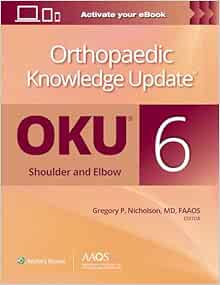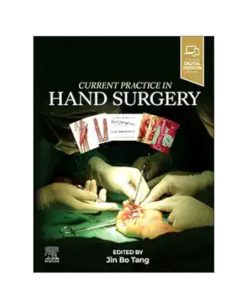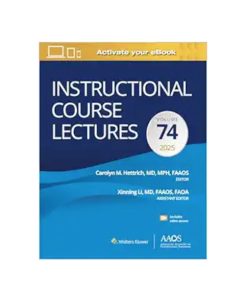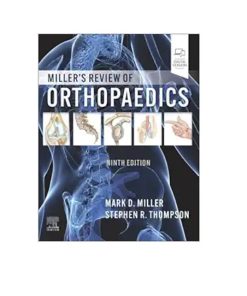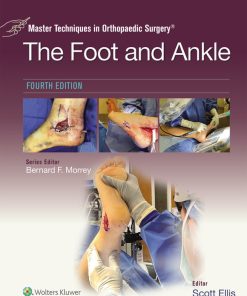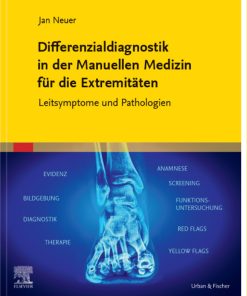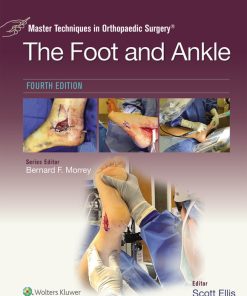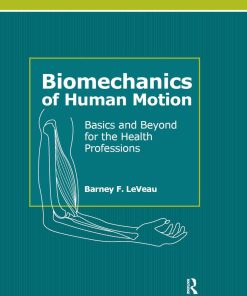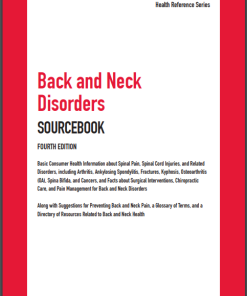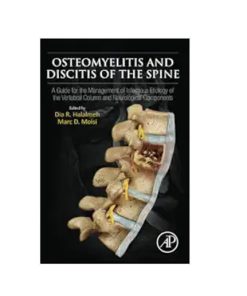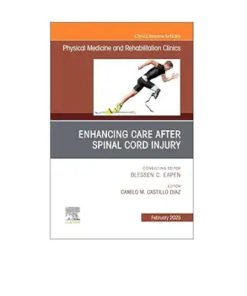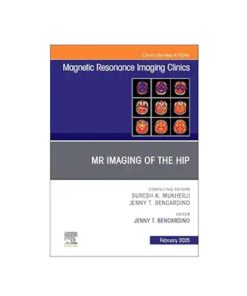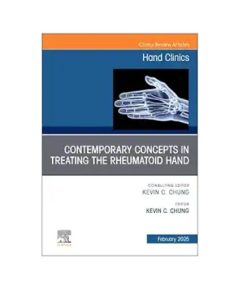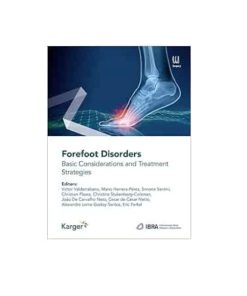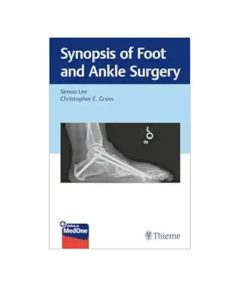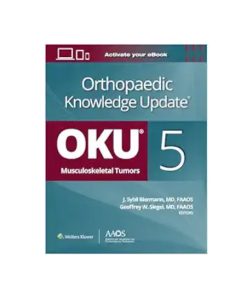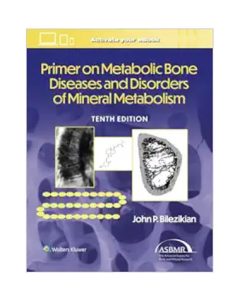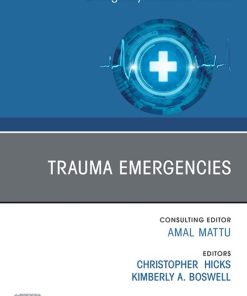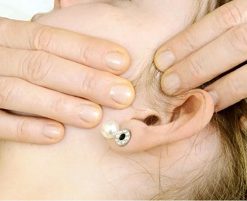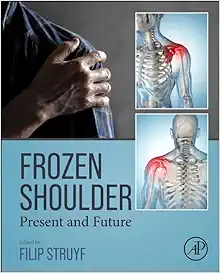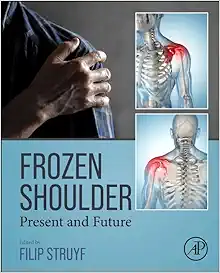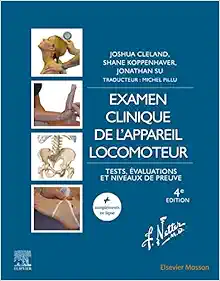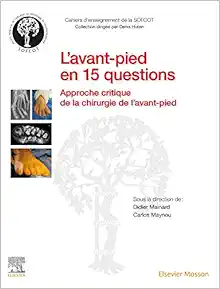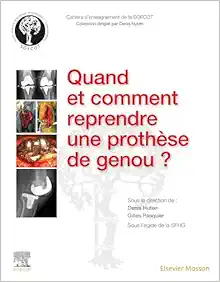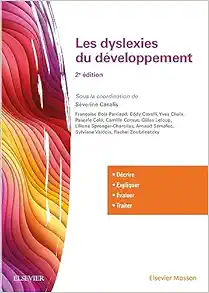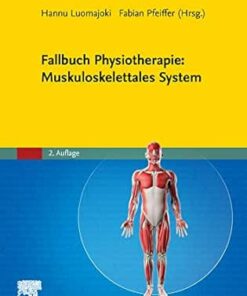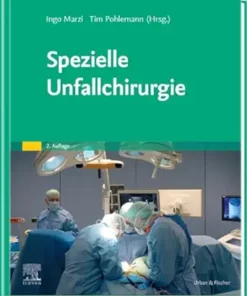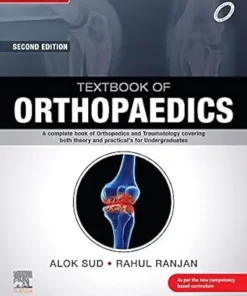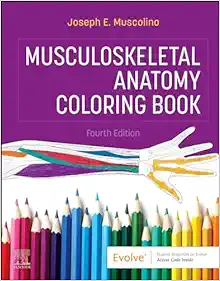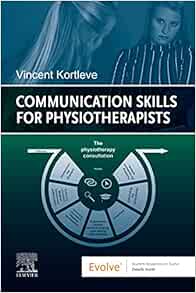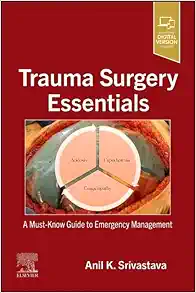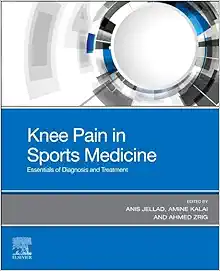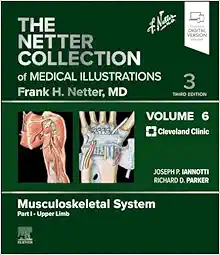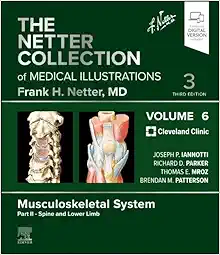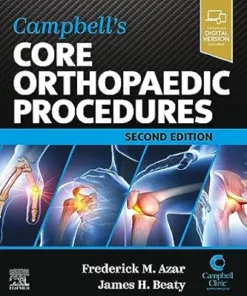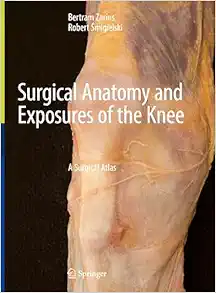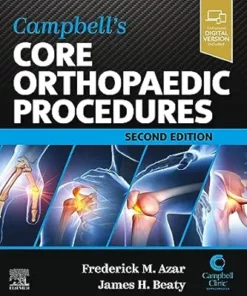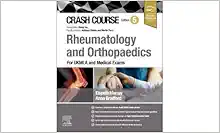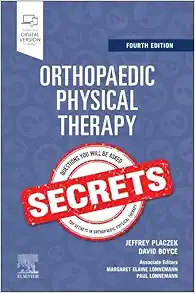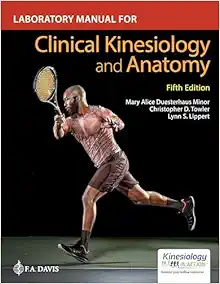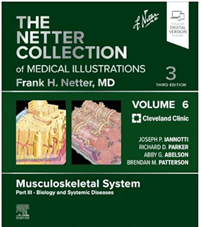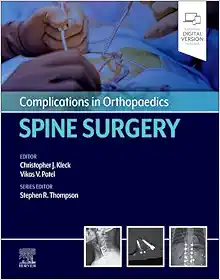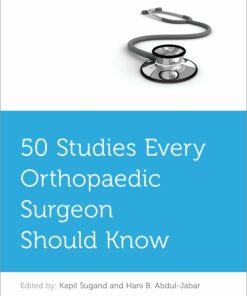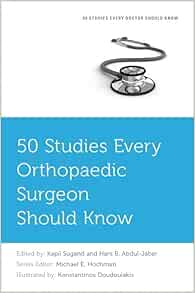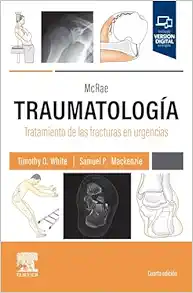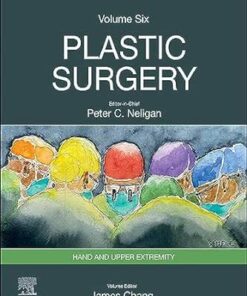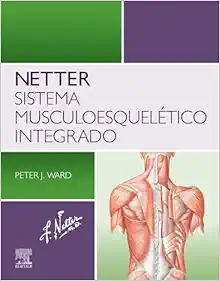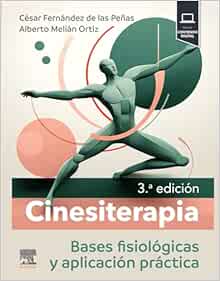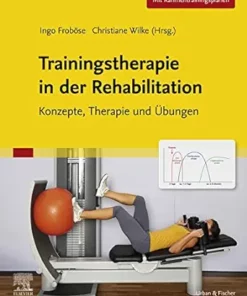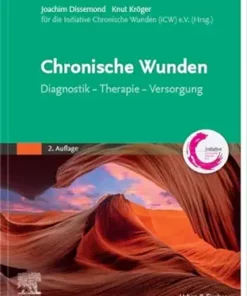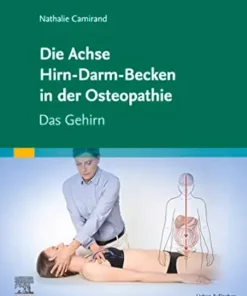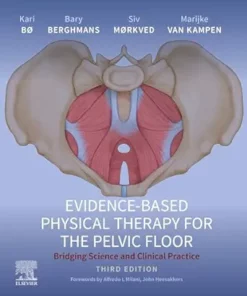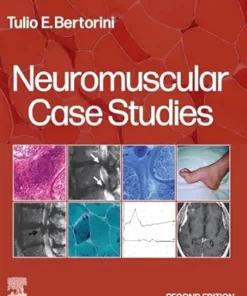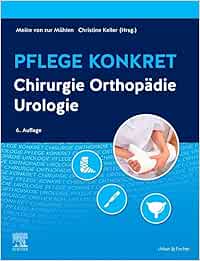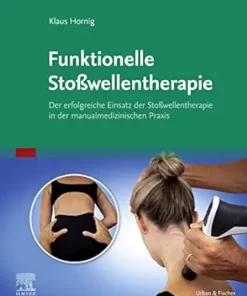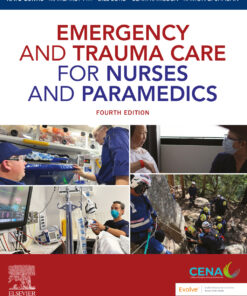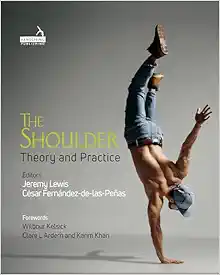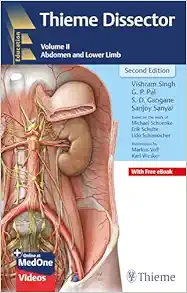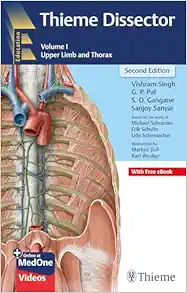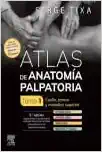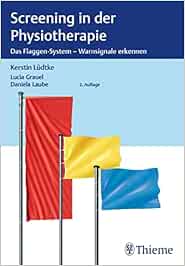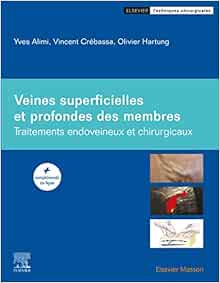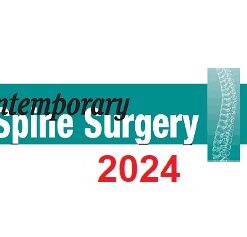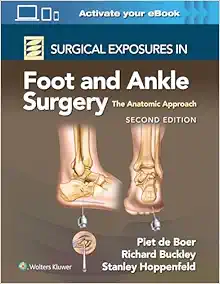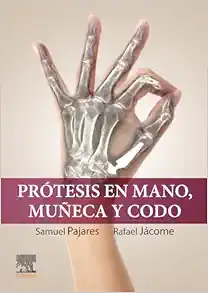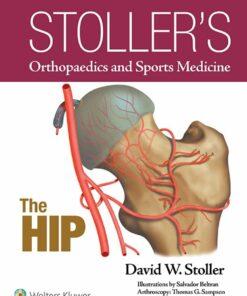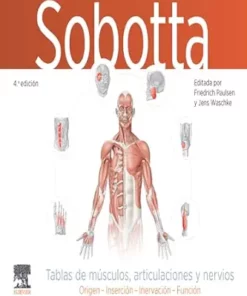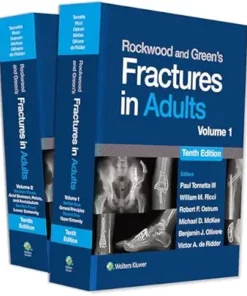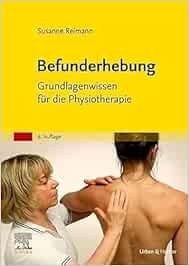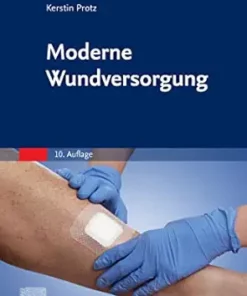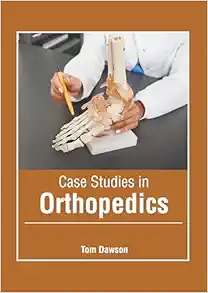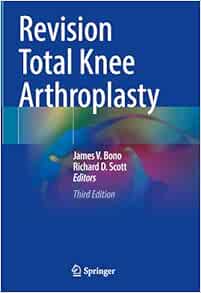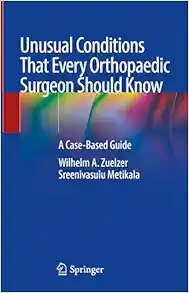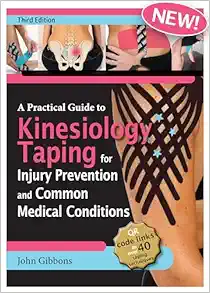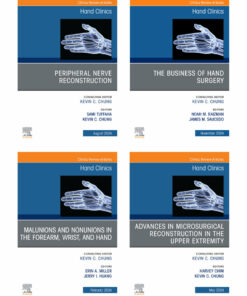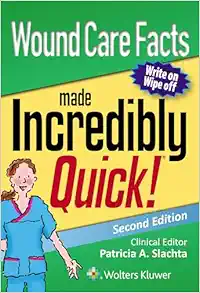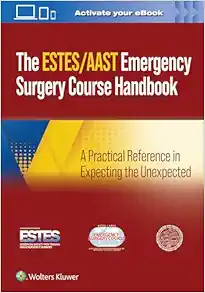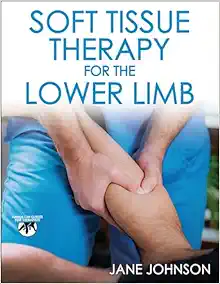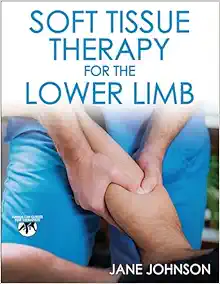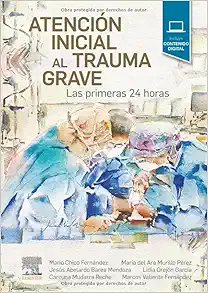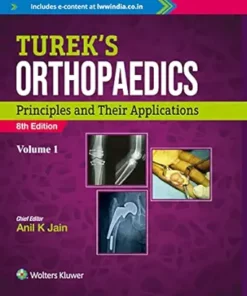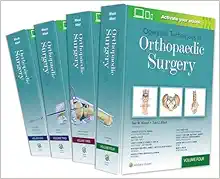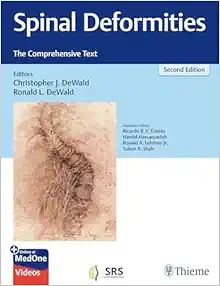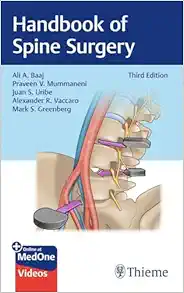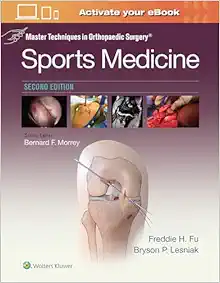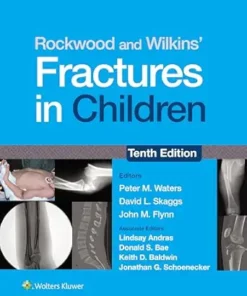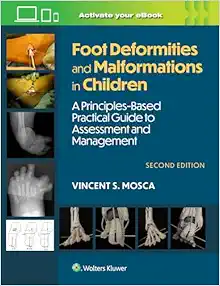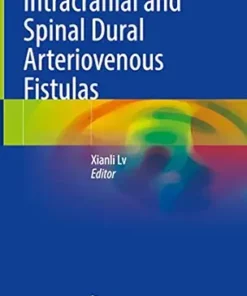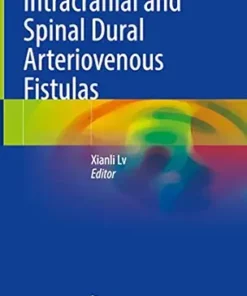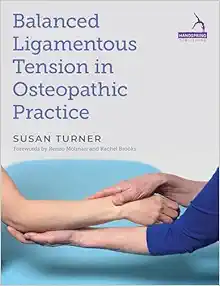Hair Cell Regeneration (Springer Handbook of Auditory Research, 75)
$21
Format : EPUB
File Size : 24.3 MB
Hair Cell Regeneration (Springer Handbook of Auditory Research, 75)
Hair cells are responsible for hearing and balance functions in the inner ear. Unfortunately, hair cell damage can lead to permanent hearing and balance dysfunction. However, the concept of hair cell regeneration has long been a potential future therapy to address the issue. In 2008, Springer published a SHAR volume on hair cell regeneration. Since then, there have been notable advancements in the field, and a new book provides an update on the current understanding and promising strategies for future work.
Hair Cell Regeneration, Second Edition is a book by Mark E. Warchol, Jennifer S. Stone, Allison B. Coffin, Arthur N. Popper, and Richard R. Fay that explores the latest research on hair cell regeneration. The book aims to provide a comprehensive overview of the current state of the field, including the cellular and molecular control of hair cell regeneration in non-mammalian and mammalian species, signals controlling pro-regenerative behaviors in supporting cells, hair cell progenitors, new techniques applied to study the genetic and epigenetic regulation of hair cell regeneration, contributions of stem cells toward developing cells and tissue for therapeutic transplantation, and studies that have applied gene and drug therapy to promote regeneration. The authors’ emphasis on more “prospective” views of the various facets of regeneration research is sure to stimulate new projects and approaches.
The layout of the book is straightforward and easy to read, making it an excellent resource for students of auditory and vestibular neuroscience, audiologists, otologists, and industry professionals with an interest in the potential for hair cell regeneration as a future therapy for hearing and balance dysfunction. The historical perspective on the field is beneficial for those who are new to the subject, but the bulk of the book is dedicated to the latest research.
One of the standout features of the book is its inclusion of research on non-mammalian species’ hair cell regeneration, such as zebrafish and chickens. This adds an exciting dimension to the book, as it inspires researchers to apply findings from non-mammalian species’ to mammals and humans.
The book’s strength is its balance between theoretical and practical aspects of hair cell regeneration. The authors provide detailed information about the molecular mechanisms underlying regeneration while also discussing strategies for future therapeutic interventions. The book’s practical focus extends to the contributions of stem cells toward the development of cells and tissue for therapeutic transplantation.
Hair Cell Regeneration is available in e-book format with 245 pages, making it a concise yet detailed resource. The book’s digital version further enhances its accessibility, allowing for easy search and navigation.
In conclusion, Hair Cell Regeneration, Second Edition offers an excellent update on the progress in the field of hair cell regeneration. The book’s comprehensive overview will appeal to readers from diverse backgrounds, from academicians to clinicians and commercial entities. Its emphasis on prospective views and promising strategies will stimulate new research and approaches. Readers are sure to find the book an engaging read and a valuable resource for anyone interested in hearing and balance dysfunction. Order your copy today to learn more about hair cell regeneration and its potential for therapeutic interventions.
Product Details
- Publisher : Springer; 1st ed. 2023 edition (April 28, 2023)
- Language : English
- Hardcover : 245 pages
- ISBN-10 : 3031206606
- ISBN-13 : 978-3031206603
Related Products
ORTHOPAEDICS SURGERY
ORTHOPAEDICS SURGERY
ORTHOPAEDICS SURGERY
ORTHOPAEDICS SURGERY
Master Techniques in Orthopaedic Surgery: The Foot and Ankle, 4th Edition (Videos)
ORTHOPAEDICS SURGERY
Master Techniques in Orthopaedic Surgery: The Foot and Ankle, 4th Edition EPUB
ORTHOPAEDICS SURGERY
ORTHOPAEDICS SURGERY
Synopsis of Foot and Ankle Surgery (Original PDF from Publisher)
ORTHOPAEDICS SURGERY
Orthopaedic Knowledge Update®: Musculoskeletal Tumors 5 (EPUB)
ORTHOPAEDICS SURGERY
Primer on the Metabolic Bone Diseases and Disorders of Mineral Metabolism, 10th edition (EPUB)
ORTHOPAEDICS SURGERY
TMJ Extremity Proficiency Product 2023 – ExtremityExperts (Videos)
ORTHOPAEDICS SURGERY
ORTHOPAEDICS SURGERY
Frozen Shoulder: Present and Future (Original PDF from Publisher)
ORTHOPAEDICS SURGERY
Quand et comment reprendre une prothèse de genou ? (French Edition) (True PDF from Publisher)
ORTHOPAEDICS SURGERY
Spezielle Unfallchirurgie (German Edition), 2nd Edition (True PDF from Publisher)
ORTHOPAEDICS SURGERY
Textbook of Orthopaedics, 2nd Edition (True PDF from Publisher)
ORTHOPAEDICS SURGERY
Musculoskeletal Anatomy Coloring Book, 4th Edition (True PDF from Publisher)
ORTHOPAEDICS SURGERY
Communication Skills for Physiotherapists (True PDF from Publisher)
ORTHOPAEDICS SURGERY
Trauma Surgery Essentials: A Must-Know Guide to Emergency Management (True PDF from Publisher)
ORTHOPAEDICS SURGERY
Complications in Orthopaedics: Pediatrics (True PDF from Publisher)
ORTHOPAEDICS SURGERY
Dupuytren’s Disease: A Scientific Review (True PDF from Publisher)
ORTHOPAEDICS SURGERY
Knee Pain in Sports Medicine: Essentials of Diagnosis and Treatment (True PDF from Publisher)
ORTHOPAEDICS SURGERY
Campbell’s Core Orthopaedic Procedures, 2nd Edition (True PDF from Publisher)
ORTHOPAEDICS SURGERY
Surgical Anatomy and Exposures of the Knee: A Surgical Atlas (Original PDF from Publisher)
ORTHOPAEDICS SURGERY
ORTHOPAEDICS SURGERY
Lower Extremity Proficiency Product 2023 – ExtremityExperts (Videos)
ORTHOPAEDICS SURGERY
CTS Extremity Proficiency Product 2023 – ExtremityExperts (Videos)
ORTHOPAEDICS SURGERY
Orthopaedic Physical Therapy Secrets, 4th Edition (True PDF from Publisher)
ORTHOPAEDICS SURGERY
Laboratory Manual for Clinical Kinesiology and Anatomy, 5th Edition (EPUB)
ORTHOPAEDICS SURGERY
Complications in Orthopaedics: Spine Surgery (EPUB + Converted PDF)
ORTHOPAEDICS SURGERY
ORTHOPAEDICS SURGERY
Plastic Surgery: Hand and Upper Limb, Volume 5, 5th Edition (True PDF from Publisher)
ORTHOPAEDICS SURGERY
Netter. Sistema musculoesquelético integrado (True PDF from Publisher)
ORTHOPAEDICS SURGERY
Evidence-Based Physical Therapy for the Pelvic Floor, 3rd Edition (True PDF from Publisher)
ORTHOPAEDICS SURGERY
Neuromuscular Case Studies, 2nd Edition (True PDF from Publisher)
ORTHOPAEDICS SURGERY
Pflege konkret Chirurgie Orthopädie Urologie, 6th Edition (True PDF from Publisher)
ORTHOPAEDICS SURGERY
Emergency and Trauma Care for Nurses and Paramedics, 4th Edition (True PDF from Publisher)
ORTHOPAEDICS SURGERY
ORTHOPAEDICS SURGERY
Thieme Dissector Volume 2: Abdomen and Lower Limb, 2nd Edition (Original PDF from Publisher)
ORTHOPAEDICS SURGERY
Thieme Dissector Volume 1: Upper Limb and Thorax, 2nd Edition (Original PDF from Publisher)
ORTHOPAEDICS SURGERY
Imagerie musculosquelettique traumatique (Original PDF from Publisher)
ORTHOPAEDICS SURGERY
Screening in der Physiotherapie, 2nd Edition (Original PDF from Publisher)
ORTHOPAEDICS SURGERY
ORTHOPAEDICS SURGERY
ORTHOPAEDICS SURGERY
Stoller’s Orthopaedics and Sports Medicine: The Hip (Original PDF from Publisher)
ORTHOPAEDICS SURGERY
Rockwood and Green’s Fractures in Adults, 10th edition (EPUB + Converted PDF)
ORTHOPAEDICS SURGERY
Moderne Wundversorgung, 10th Edition (German Edition) (True PDF from Publisher)
ORTHOPAEDICS SURGERY
Pflegewissen Wunden, 3rd Edition (German Edition) (True PDF from Publisher)
ORTHOPAEDICS SURGERY
ORTHOPAEDICS SURGERY
Revision Total Knee Arthroplasty, 3rd edition (Original PDF from Publisher)
ORTHOPAEDICS SURGERY
ORTHOPAEDICS SURGERY
Soft Tissue Therapy for the Lower Limb (Original PDF from Publisher)
ORTHOPAEDICS SURGERY
ORTHOPAEDICS SURGERY
Atención inicial al trauma grave: Las primeras 24 horas (Original PDF from Publisher)
ORTHOPAEDICS SURGERY
Spinal Deformities: The Comprehensive Text, 2nd edition (Original PDF from Publisher+Videos)
ORTHOPAEDICS SURGERY
Handbook of Spine Surgery, 3rd Edition + Videos (Original PDF from Publisher)
ORTHOPAEDICS SURGERY
Rockwood and Wilkins’ Fractures in Children, 10th edition (EPUB + Converted PDF)
ORTHOPAEDICS SURGERY
ORTHOPAEDICS SURGERY
Intracranial and Spinal Dural Arteriovenous Fistulas (Original PDF from Publisher)
ORTHOPAEDICS SURGERY
Balanced Ligamentous Tension in Osteopathic Practice (Original PDF from Publisher)




